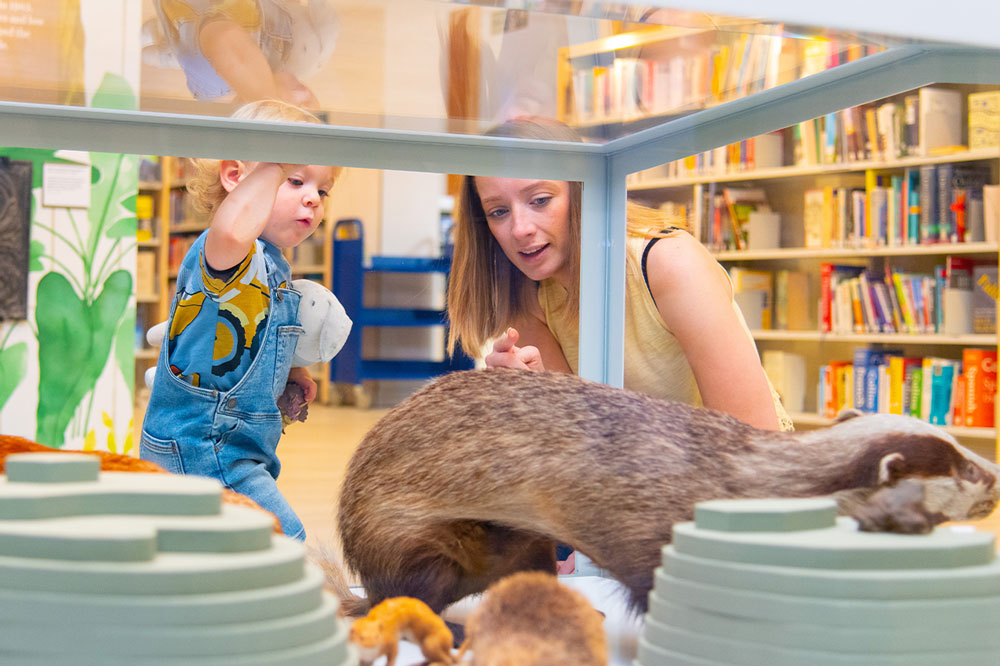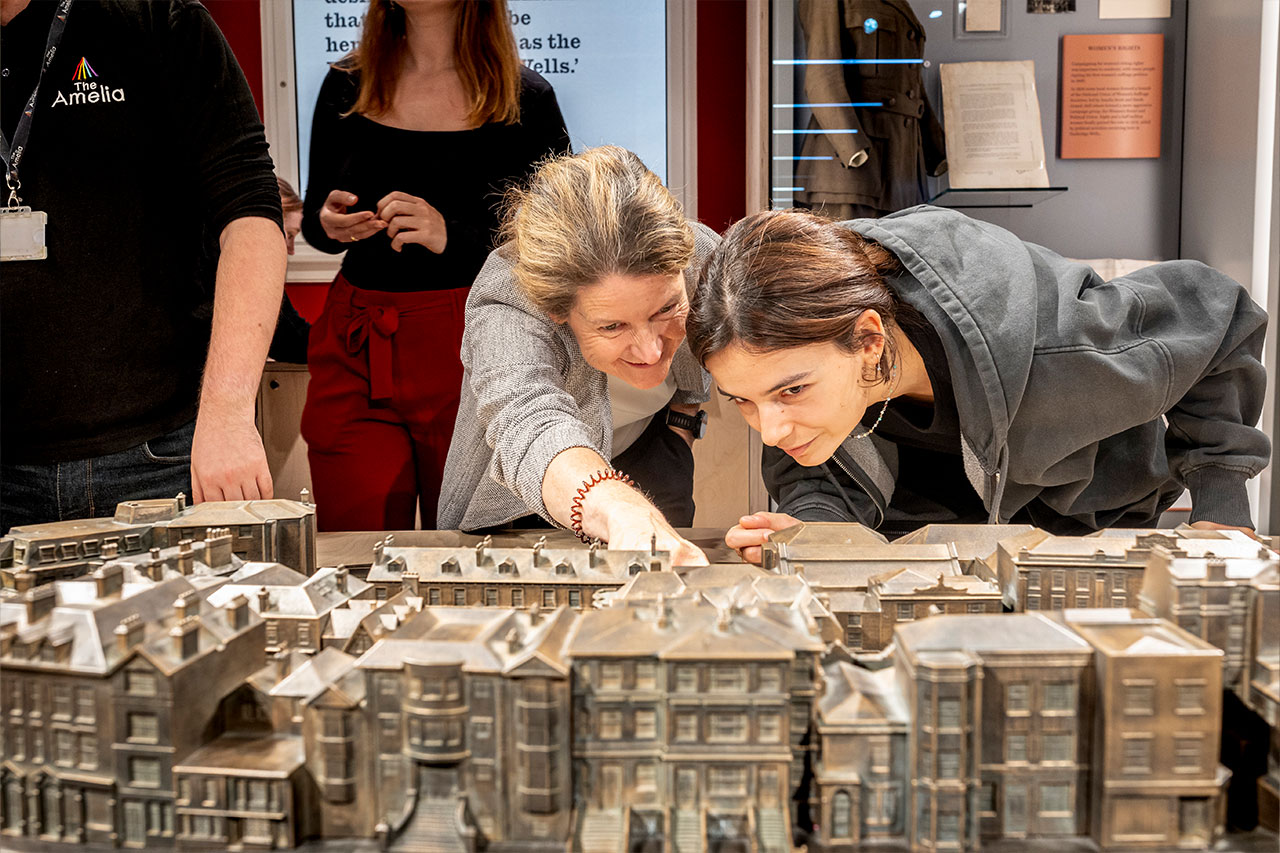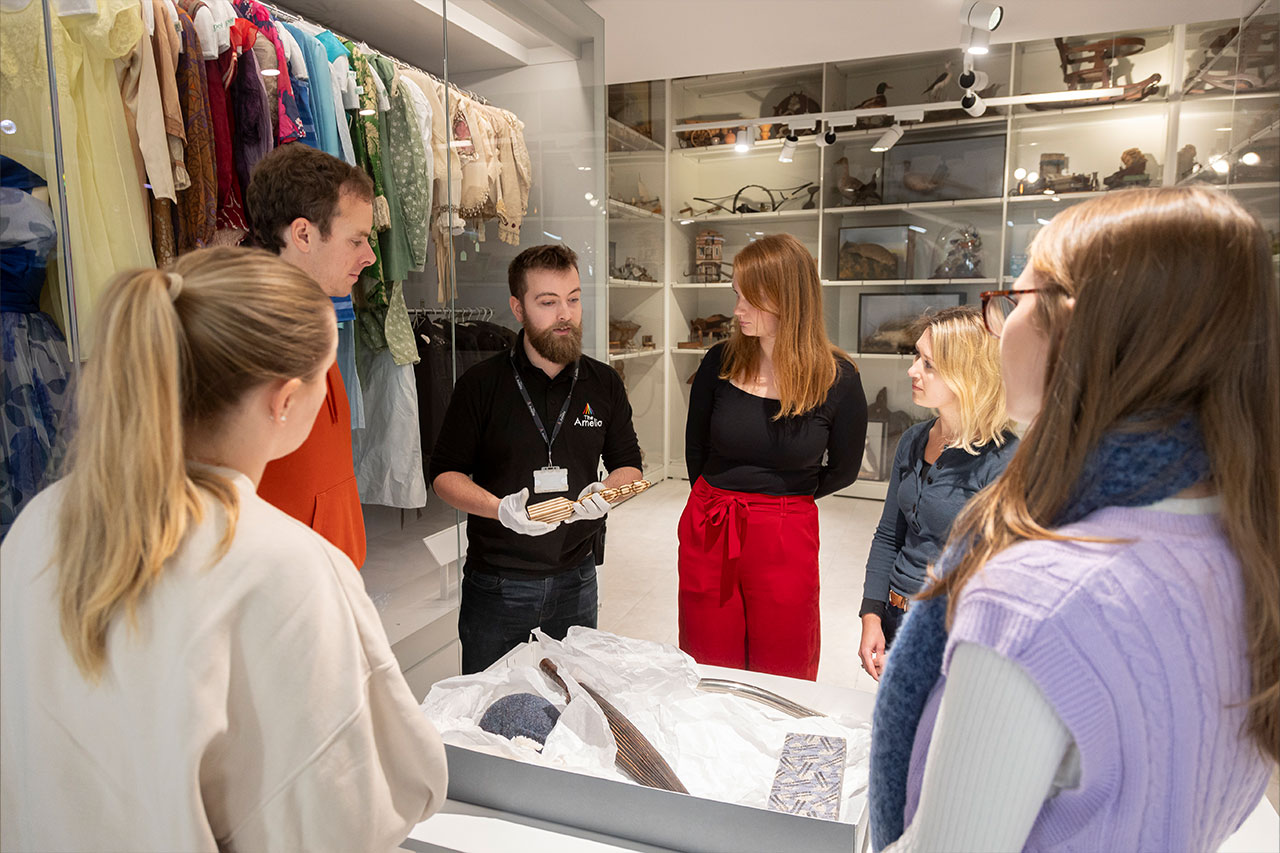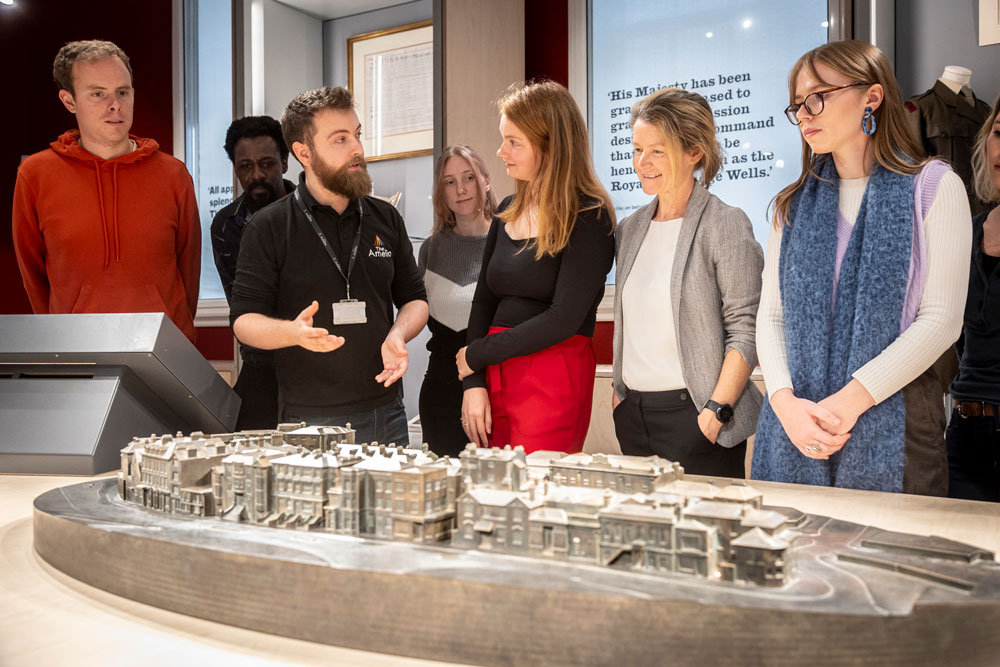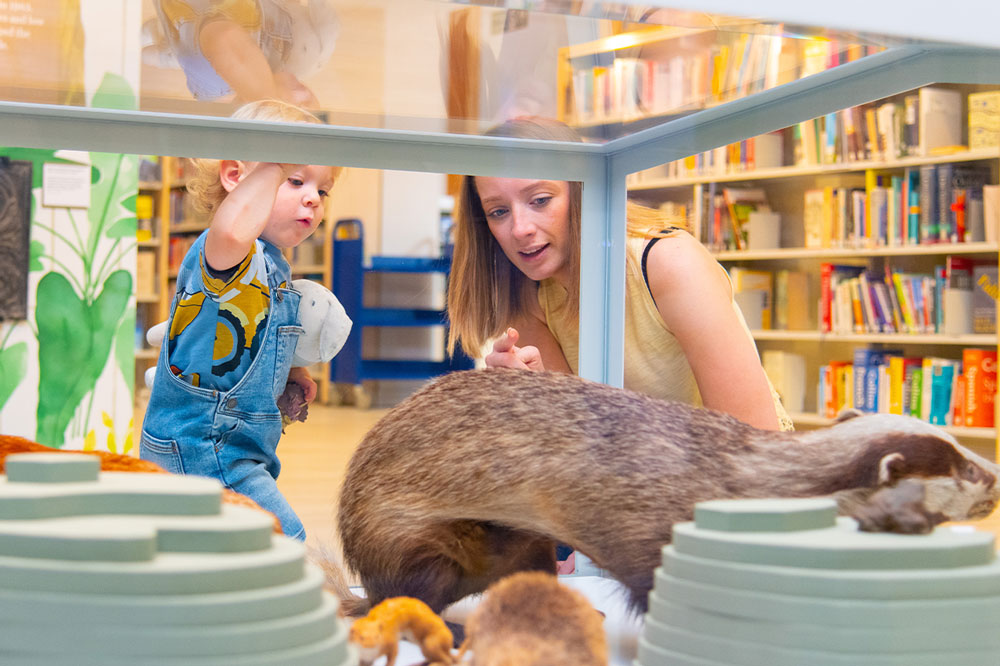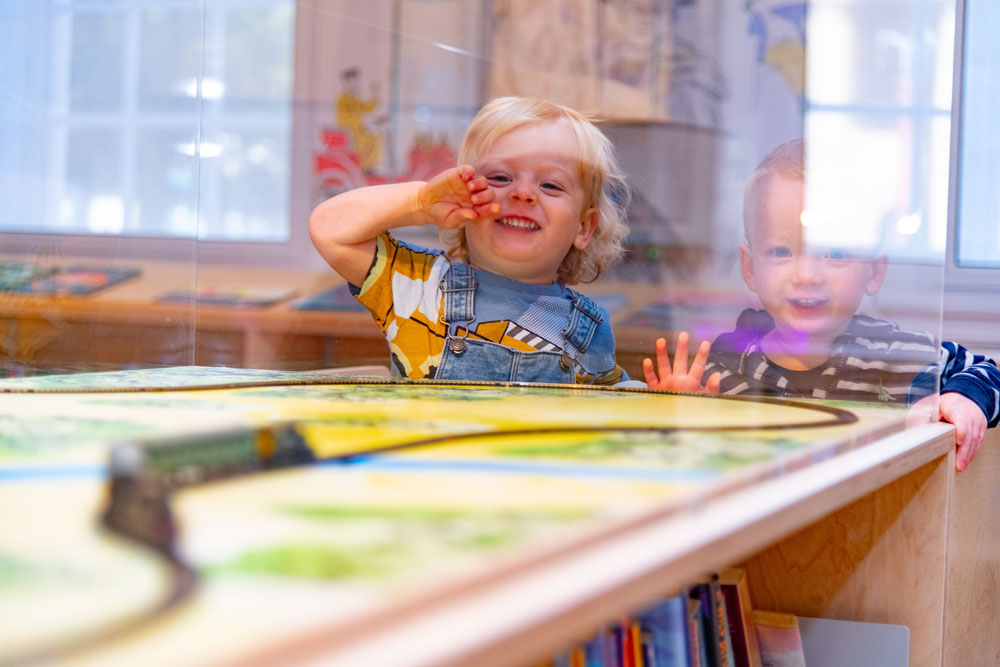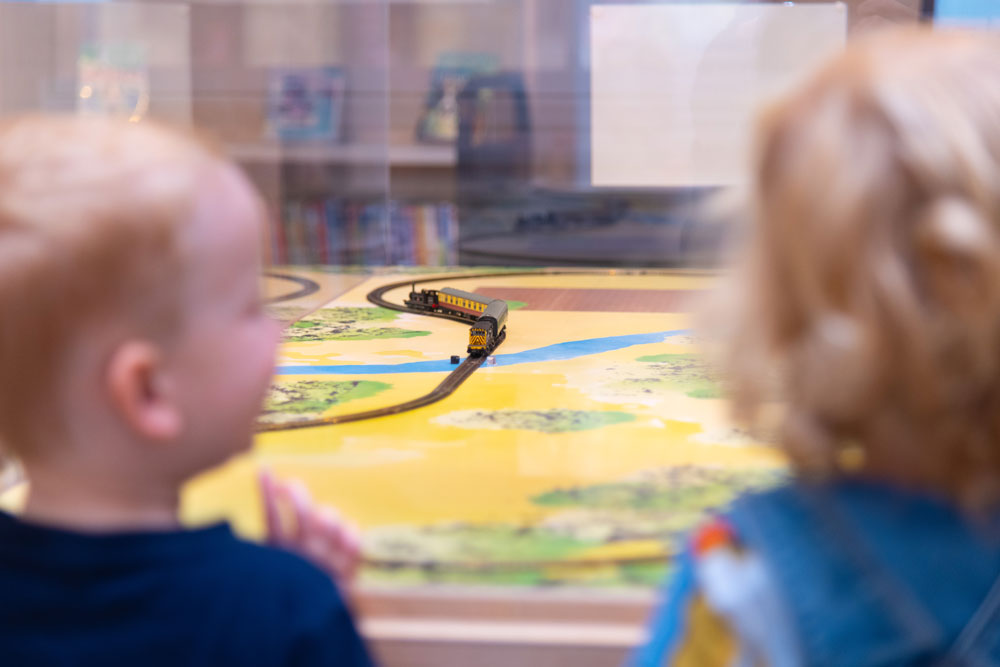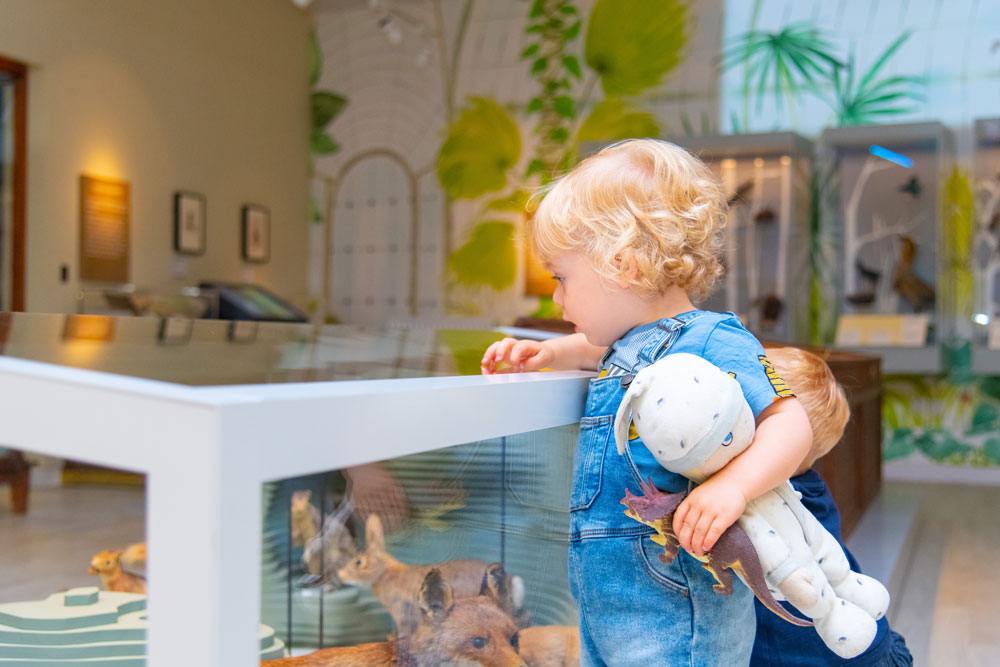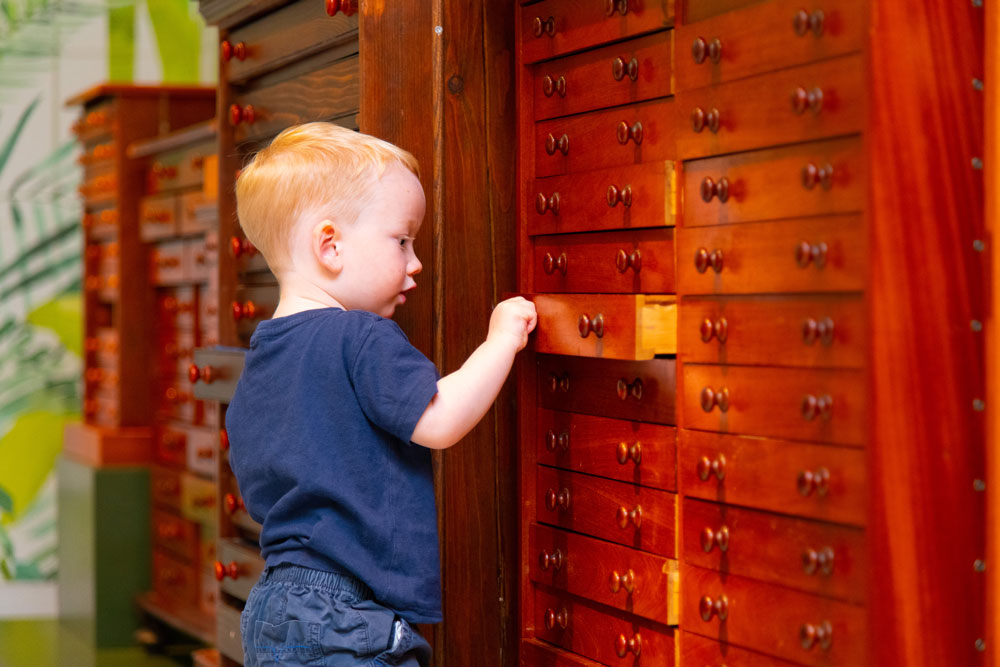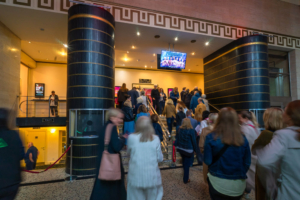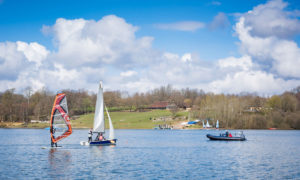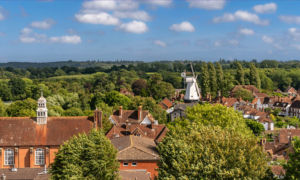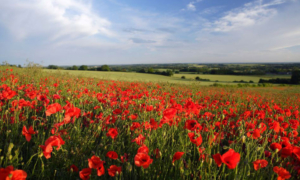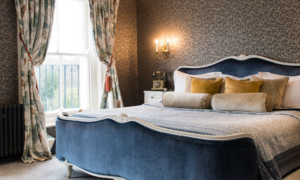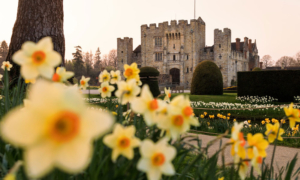The Amelia Scott, is a gateway to a world of art, culture, history and community in the heart of Royal Tunbridge Wells. This arts and culture hub is open 7 days a week!
A Legacy of Knowledge.
The collection at The Amelia was started by the Tunbridge Wells Natural History and Philosophical Society in 1885. It was this society that laid the foundation for the impressive collection you can explore today. This extraordinary repository houses a diverse array of approximately 60,000 objects, spanning a multitude of disciplines, including local history, natural history, archaeology, fine and decorative arts, and social history.
A Journey of Themes and Discovery.
The collections delve into various captivating themes that tell the story of the town and the region.
Dive into the natural beauty of the High Weald, explore the world of Subbuteo (invented in Tunbridge Wells!), unravel the mysteries of science, and delve into the history of revolutionary politics. Each theme offers a unique perspective on Tunbrigde Wells’ history and heritage.
Explore our open storage area to find out about our treasures, and the people and stories behind them. Our displays are just the tip of the iceberg, with only 1% of our collection on public view. Objects are also used for temporary exhibitions, research, education and outreach programmes. To find out more about what happens behind the scenes, why not book at tour?
Scholars and enthusiasts have long studied the High Weald’s wildlife, geology, environment and archaeology, drawn by its natural beauty and unique features.
These collections stem from the Tunbridge Wells Natural History and Philosophical Society, founded in 1885. Members collected specimens with the aim of setting up a town museum, which opened in 1918.
Story of the Wells
Royal Tunbridge Wells wasn’t always ‘royal’. Britain’s oldest holiday resort grew from the chance discovery of a muddy spring on a remote Wealden heath in 1606. By the 1700s it was a popular spa town, known for its ‘healing’ spring. Local landowners, farmers and tradespeople adapted to changing times. Facing competition from newer seaside resorts, their innovative thinking turned the old town into a thriving place to live and work by the 1800s. For those eager to learn more about the origins of Tunbridge Wells, the ‘Story of the Wells’ exhibition is a must-visit. Here, you can trace the town’s beginnings, see an original Pantile, and embark on a fascinating journey through the photographic archives.
The Work Room
The diversity of local crafts displayed here reflects a long-standing tradition of creative innovation that has characterised Tunbridge Wells and its surrounding areas.
These collections highlight local makers’ resourcefulness, ingenuity and determination. The Weald established its own industrial traditions of brickmaking and pottery. Meanwhile arts and crafts like Tunbridge ware and folk art evolved in response to the new tourist boom. Photography and costume making also contributed to the local economy.
The Georgian Spa
Britain’s upper classes flocked to fashionable Tunbridge Wells in the 1700s, keen to show off their wealth, taste and influence.
The tourist industry in this spa-resort town thrived in the Georgian era (1714-1837), especially in the mid-1700s, providing maps, guidebooks, souvenir shops and other attractions. Visitors toured the High Weald countryside in their carriages, admiring its ‘romantic’ scenery and historic features.



